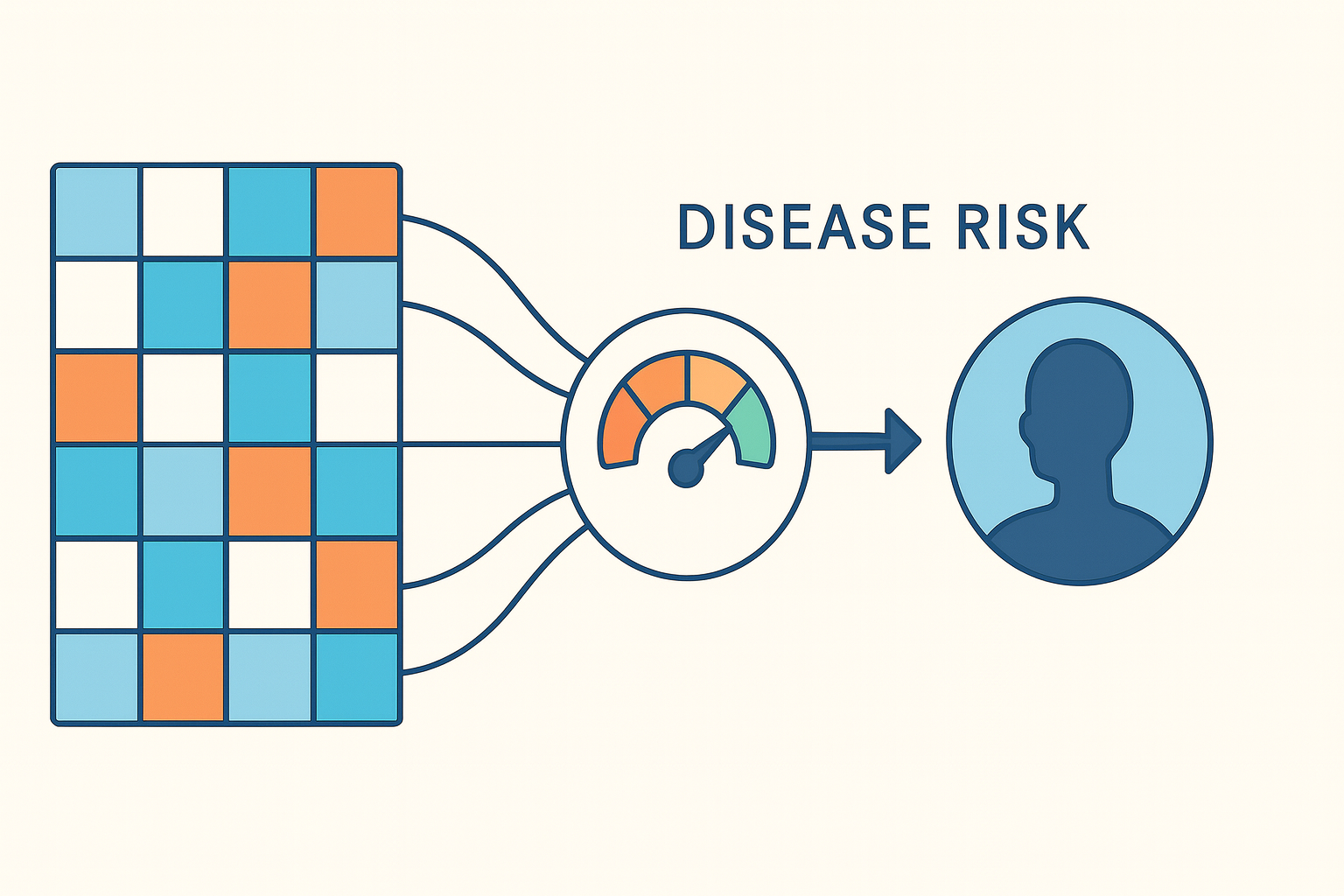The costs of Genome Sequencing have decreased in the last decade from about $100/Gigabase to $10/GigaBase, and are further set to reduce to below $5/GBase in the near future. This dramatic reduction has been accompanied by substantial increase in adoption of genomic tests for cancer risk assessment, reproductive health decision making, diagnosis of existing monogenic conditions, prediction and monitoring of treatment response in cancer, and most recently for the surveillance of infectious diseases, including COVID-19. Alongside, country-level population genomic initiatives like Genomics England that have mobilized the entire healthcare ecosystem in these countries to adopt genomics. In the US, over half of insured individuals (private or public) have insurance coverage for genomic testing now as compared to 2015 when few payers even had policies. There are ~10,000 sequencing-based genomic testing products available in the US. Even in India, genomic testing has grown from very little in 2015 to the order of a hundred thousand clinical tests today.
Genomic tests have traditionally been used for the diagnosis of disease in patients. In recent years, rapid knowledge growth and dramatic cost reduction have fueled the increasing adoption of these tests for preventive wellness. A recent study published by Mayo Clinic Proceedings indicates that nearly 1 in 8 people who underwent predictive genomic testing found that they had a genetic risk for a health condition and may be able to manage it better with preventive care. Rising adoption of healthier lifestyles and increasing awareness of genomics are expected to drive increasing demand for predictive genomic testing.
A decade or so ago, genomic testing got its due attention when famous Hollywood star Angelina Jolie went on to describe how her doctors estimated that she had an 87 percent risk of breast cancer and a 50 percent risk of ovarian cancer on account of a genomic variant in a gene called BRCA1. Compare this with the average woman who has a lifetime risk of under 15% for breast/ovarian cancer. Jolie underwent preventive surgery, as a result of which her risk reduced to that of the average woman of her age.
Universal screening – Why is it important?
For a long time now, medical guidelines have considered it cost-effective to restrict preventive genomic testing for breast and ovarian cancer to only those at the highest risk, e.g., currently healthy relatives of cancer patients. There is evidence that more than half of those at risk are missed by this approach, and increasingly a call for universal screening is becoming prominent.
Aiding the transition to universal screening is the fact that the cost of testing, as high as a few thousand dollars a decade ago, is now at the $150 mark. Health economic studies indicate that universal screening can save 250,000 lives in India, were all women to be screened preventively; the total cost of doing so will translate to an incremental spend of ~Rs 1,15,000 for each year of quality life gained from preventive testing.
Preventive Genomic Testing Beyond Cancer
Cancers are not the only diseases that can benefit from preventive genomic testing. Studies on sudden unexplained deaths in apparently healthy individuals (cause of death undetermined after comprehensive forensic investigation) have shown that 13% of such individuals have genomic variants that cause channelopathies, a class of cardiac diseases that render the heart susceptible to abnormal rhythms even as it stays structurally sound and its coronary arteries remain unblocked. A very recent study shows that 15% of such deaths have genomic variants that cause cardiomyopathies, or abnormal structural changes to the heart; however, these structural changes remain concealed, or not apparent, at the time of death, with arrhythmia setting in even in advance of these changes becoming visible. Early detection and risk management is of course life-saving in these situations, as is setting relatives of those who are affected at ease if they do not carry the risk-causing genomic variant.
Preventive Genomic Testing to Identify Risks to One’s Children
Preventive genomic testing is not just about one’s own risk of disease, it could also be to identify risks to one’s children. More than 50% of all individuals are carriers for a genomic variant that causes one of ~5000 so-called monogenic diseases. For instance, 1 in 25 individuals in India is a carrier for Beta-thalassemia, a disease that needs repeated lifelong blood transfusion. Each of us carries two copies of most genes, one inherited from our mother and one from our father. Most of these monogenic diseases occur when there is a problematic genomic variant in BOTH the maternal copy and the paternal copy. Both parents may just be silent carriers, with one genomic variant each. For most of the ~5000 diseases, the only way to detect if one is a carrier is via preventive genomic testing. When a couple discovers that they are both carriers for a particular gene, a number of technology options are now available to assist in safe delivery.
Emerging Examples
There are several other examples, including those where risk management for those at risk is still an area of active research. Australian actor Chris Hemsworth was recently informed that he was 8–10 times more likely to develop Alzheimer’s disease because he had two copies of a genomic variant in the APOE gene. Sergei Brin, the co-founder of Google, stands a high statistical chance (more than 50%) of developing Parkinson’s disease, the degenerative central nervous system disorder, because of a genomic variant in the LRRK2 gene.
What Genomics Can/Cannot Do?
A nuance to note about preventive genomics, particularly for diseases of aging: our individual disease risk is influenced by our lifestyle, our environment, and myriads of genomic variants in our genome. The interplay between these factors is complex. While preventive genomic screening cannot eliminate disease risk caused by these complex interactions, it can certainly help identify and manage some key risks in instances where a few genomic variants contribute significantly to the overall risk and where lifestyle or therapeutic interventions can delay disease onset or reduce risk, as in some of the examples above.












